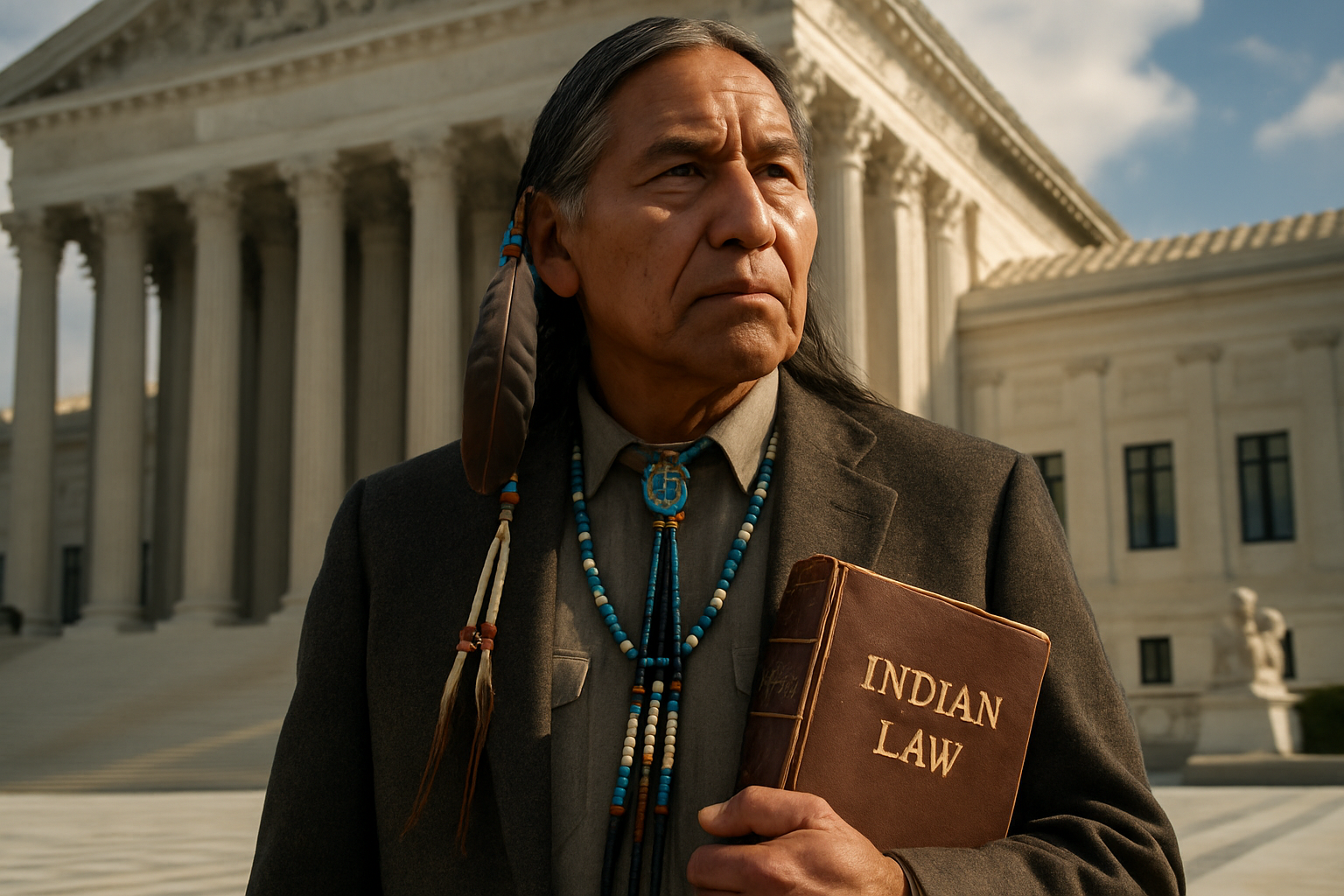Title: Navigating the Complexities of Tribal Sovereignty in the US
Introduction: Tribal sovereignty, a cornerstone of Native American legal rights, continues to shape the complex relationship between indigenous nations and the US government. This article delves into the nuanced legal landscape of tribal sovereignty, exploring its historical roots, current challenges, and future implications for both Native American communities and the broader American legal system.

The Evolution of Federal Indian Law
Over the past two centuries, federal Indian law has undergone significant changes, reflecting shifting political attitudes and societal norms. The Indian Reorganization Act of 1934 marked a turning point, ending the era of forced assimilation and promoting tribal self-government. Subsequent legislation, such as the Indian Self-Determination and Education Assistance Act of 1975, further strengthened tribal autonomy by allowing tribes to assume responsibility for federally funded programs.
Jurisdictional Complexities in Indian Country
One of the most challenging aspects of tribal sovereignty is the complex web of jurisdictions that exists in Indian Country. Criminal jurisdiction, for instance, is divided among tribal, state, and federal authorities, depending on the nature of the crime and the identities of the perpetrator and victim. This jurisdictional maze often leads to confusion and gaps in law enforcement, prompting ongoing debates about how to best ensure public safety while respecting tribal sovereignty.
Economic Development and Tribal Sovereignty
Tribal sovereignty has played a crucial role in economic development for many Native American communities. The Indian Gaming Regulatory Act of 1988, which allows tribes to operate casinos on tribal lands, has been a game-changer for some tribes, providing much-needed revenue for social services and infrastructure. However, this economic success has also led to increased scrutiny and legal challenges from states and non-tribal businesses, raising questions about the limits of tribal sovereign immunity in commercial activities.
Contemporary Challenges to Tribal Sovereignty
Despite its long-standing recognition in US law, tribal sovereignty faces ongoing challenges. Recent Supreme Court decisions have narrowed the scope of tribal jurisdiction in certain areas, particularly regarding non-Indians on tribal lands. Additionally, disputes over natural resources, land rights, and environmental regulations continue to test the boundaries of tribal authority. The COVID-19 pandemic has also highlighted both the strengths and limitations of tribal sovereignty, as tribes asserted their right to implement stricter health measures than surrounding states while also grappling with jurisdictional issues in healthcare delivery.
The Future of Tribal Sovereignty
As we look to the future, several key issues are likely to shape the evolution of tribal sovereignty. Climate change and its impact on tribal lands and resources will likely lead to new legal battles and policy discussions. The growing recognition of tribal water rights in the western United States presents both opportunities and challenges for tribes and state governments. Additionally, the push for greater tribal representation in federal decision-making processes could lead to significant shifts in how tribal sovereignty is understood and implemented at the national level.
Implications for the Broader Legal Landscape
The ongoing development of tribal sovereignty law has implications that extend beyond Native American communities. It raises fundamental questions about federalism, the nature of sovereignty in a modern context, and the balance between group rights and individual rights within the US legal system. As such, the evolution of tribal sovereignty serves as a unique lens through which to examine broader trends in American jurisprudence and governance.
In conclusion, tribal sovereignty remains a dynamic and crucial aspect of US law and policy. Its complexities reflect the ongoing negotiation between historical rights, contemporary realities, and future aspirations of Native American tribes within the American legal framework. As the legal landscape continues to evolve, understanding and respecting tribal sovereignty will be essential for policymakers, legal professionals, and citizens alike in fostering a more just and inclusive society.





